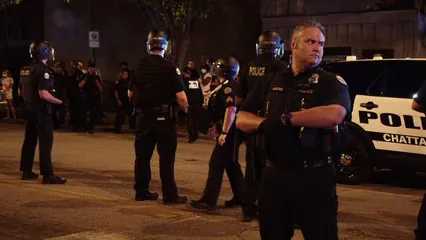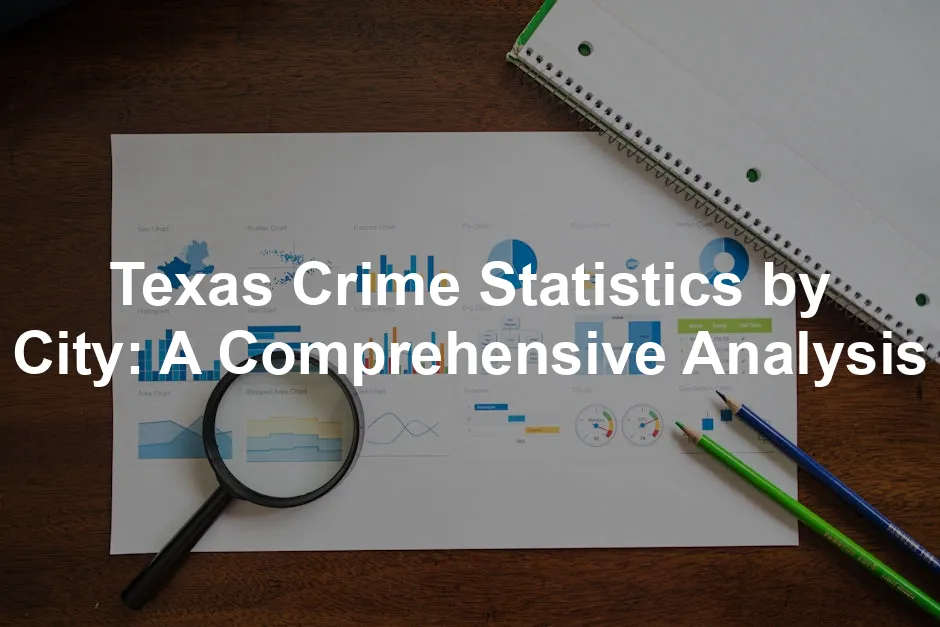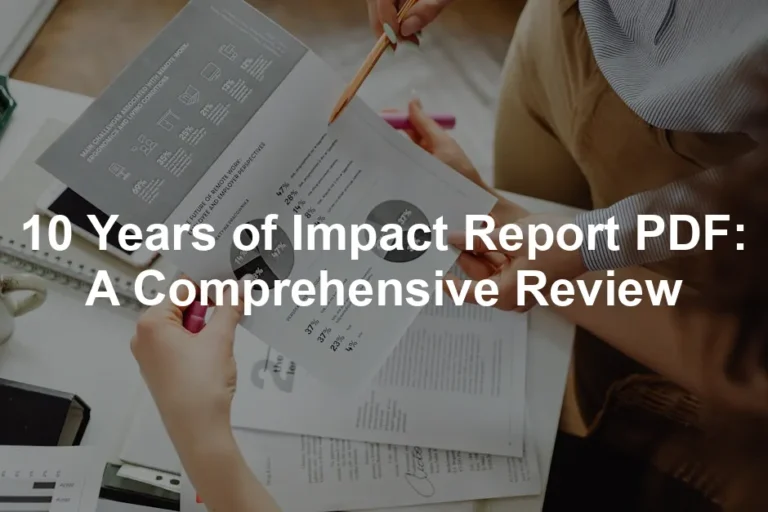Introduction
Understanding crime statistics in Texas cities is crucial for residents and those considering a move. Safety is a top priority, and knowing the crime rates can help make informed decisions. Texas is a vast state, covering diverse environments and cultures, which leads to varying crime rates across its cities. Factors such as population density and socio-economic conditions greatly influence these rates.
For instance, bustling cities like Houston may experience higher crime rates compared to smaller towns like Kempner. As potential movers or current residents, being aware of these differences can guide lifestyle choices and community involvement.
This article aims to provide a detailed analysis of crime statistics by city in Texas. We will focus on both violent and property crimes, offering insight into the safety landscape. From the safest havens to those experiencing higher crime rates, our goal is to equip readers with the knowledge they need to navigate Texas’s unique crime scene.
And while you’re diving into these statistics, why not equip yourself with a little extra safety? Check out this Personal Safety Alarm Keychain. It’s a nifty gadget that can help you feel a bit safer when you’re out and about!
Let’s get started by understanding the types of crimes that impact communities across the Lone Star State.

Understanding Crime in Texas
What Constitutes Crime?
Crime can be broadly categorized into two main types: violent crimes and property crimes. Violent crimes include serious offenses that threaten physical harm or involve force. Key examples are murder, rape, robbery, and aggravated assault. These crimes tend to create fear and concern among communities due to their nature and potential impact on personal safety.
On the other hand, property crimes involve theft or destruction of someone else’s property without direct harm to an individual. Common property crimes include burglary, larceny-theft, and motor vehicle theft. Understanding these distinctions is essential for accurately assessing and addressing crime rates in Texas cities.
Stay informed with the latest insights by checking out Texas Crime Statistics 2022. It’s an excellent resource for those wanting to delve deeper into this complex topic!
Overview of Texas Crime Trends
Texas has seen fluctuations in crime rates over the years. As of 2022, the state recorded nearly 130,000 violent crimes, resulting in a violent crime rate of 4.32 per 1,000 residents. This figure slightly surpasses the national average of 3.6. In terms of property crimes, the state reported approximately 690,660 incidents, which translates to 23 offenses per 1,000 people, again above the national average of 20.
Recent trends indicate a mixed bag, with some cities experiencing increases in violent crime while others have seen reductions. For example, many urban areas report higher crime rates due to factors like population density and economic challenges. Conversely, smaller towns often enjoy lower crime rates, making them attractive options for families and individuals seeking safer living conditions. Understanding these trends can help residents and prospective movers make well-informed decisions regarding their safety and community engagement.
For those who love the great outdoors, consider reading A Walk in the Woods. It’s a fantastic adventure that might inspire you to explore the safer, scenic routes of Texas!

Texas Crime Index by City
Methodology for Crime Index Calculation
The crime index is a numerical representation of crime levels in a given area. This index is calculated using data sourced from various law enforcement agencies across Texas. By aggregating and analyzing reported crime statistics, the crime index reflects the overall safety of a city or region.
To ensure accuracy, reliable data sources are crucial. The data used in these calculations typically come from the FBI’s Uniform Crime Reporting (UCR) Program and local police reports. These sources are vetted for consistency and accuracy. Without dependable data, the crime index could lead to misinterpretations and misguided perceptions of safety.
Using a consistent methodology allows for fair comparisons between cities. It accounts for various crime types, including violent crimes (like assault and robbery) and property crimes (like burglary and theft). This comprehensive approach enables residents and potential movers to make informed decisions based on the safety of their communities.
Crime Index Rankings
Here’s a look at the top 10 Texas cities with the lowest and highest crime rates:
Top 10 Cities with the Lowest Crime Rates
| Rank | City | Crime Index | Population |
|---|---|---|---|
| 1 | Kempner | 0 | 1,133 |
| 2 | Brackettville | 23 | 2,070 |
| 3 | Bloomburg | 52 | 307 |
| 4 | Crowell | 135 | 811 |
| 5 | O’Donnell | 160 | 982 |
| 6 | Ganado | 163 | 1,888 |
| 7 | Double Oak | 190 | 2,951 |
| 8 | Tolar | 191 | 1,109 |
| 9 | Meridian | 229 | 1,692 |
| 10 | Roscoe | 230 | 1,431 |

Top 10 Cities with the Highest Crime Rates
| Rank | City | Crime Index | Population |
|---|---|---|---|
| 1 | South Padre Island | 10,358 | 2,886 |
| 2 | Bellmead | 1,294 | 11,000 |
| 3 | Humble | 1,000 | 17,000 |
| 4 | Lubbock | 11.18 | 264,142 |
| 5 | Beaumont | 10.87 | 118,283 |
| 6 | Amarillo | 7.63 | 201,572 |
| 7 | Dallas | 7.8 | 1,286,121 |
| 8 | Houston | 4.01 | 2,304,580 |
| 9 | San Antonio | 8.83 | 1,465,608 |
| 10 | Corpus Christi | 7.91 | 317,694 |
Analyzing these rankings reveals key factors influencing crime rates. Urban centers with larger populations often report higher crime statistics, primarily due to increased opportunities for crime. Economic conditions also play a significant role; cities facing high unemployment rates tend to experience more crime. In contrast, smaller towns like Kempner and Brackettville benefit from tight-knit communities and lower population densities, contributing to their safety. For more in-depth information on crime statistics, visit Fremont Crime Statistics.
For a comprehensive analysis of crime statistics and safety in various regions, check out this article on Fremont Crime Statistics.

Detailed City Analysis
Safest Cities
Kempner: This quaint town has a population of 1,133 and boasts a crime index of 0, making it one of the safest cities in Texas. The low crime rate is attributed to strong community ties and active neighborhood watch programs, which promote safety and vigilance.
Brackettville: With a population of 2,070, Brackettville maintains a crime index of 23. This city benefits from a proactive police force and community engagement. Residents feel empowered to report suspicious activities, contributing to a safer environment.
Bloomburg: Home to just 307 residents, Bloomburg has a crime index of 52. The close-knit community fosters trust and communication among neighbors, making it easier to identify and address potential issues before they escalate.

If you’re planning to stay safe while enjoying the Texas outdoors, consider investing in Outdoor Survival Gear. It’s essential for those unexpected adventures!
Most Dangerous Cities
South Padre Island: Known for its picturesque beaches, this tourist hotspot also faces a grim reality with a crime index of 10,358. The influx of visitors and seasonal residents can lead to increased property crimes, such as theft and vandalism.
Bellmead: With a violent crime rate of 1,294 per 100,000 residents, Bellmead struggles with safety issues. Economic hardship and limited access to education contribute to the city’s high crime rates, affecting community well-being.
Humble: Nestled near Houston, Humble has a crime index of 1,000. Issues such as drug-related crimes and gang activity have plagued this area, necessitating robust community policing efforts to combat these challenges.
Understanding crime statistics by city is vital for residents and potential movers. By analyzing the data, individuals can make informed decisions about their safety and the communities they choose to inhabit.

Comparing Violent and Property Crimes Across Cities
Violent Crime Statistics
Texas cities exhibit a wide range of violent crime rates. To visualize these differences, here’s a chart comparing violent crime rates across major Texas cities:
| City | Violent Crime Rate (per 1,000 residents) |
|---|---|
| Houston | 4.01 |
| Dallas | 7.8 |
| San Antonio | 8.83 |
| Amarillo | 7.63 |
| Humble | 10.00 |
| Bellmead | 11.00 |
| South Padre Island | 10,358 |

As seen in the chart, Bellmead takes the crown for the highest violent crime rate in Texas, with a staggering 1,294 violent crimes per 100,000 residents. Bellmead’s issues stem from economic struggles and limited educational opportunities, leading to a dangerous environment.
Humble and South Padre Island follow suit, also grappling with high rates. Humble’s proximity to Houston contributes to its crime challenges, while South Padre Island, known for its tourist attractions, faces seasonal crime spikes, particularly property crimes.
In contrast, cities like Amarillo and Dallas, despite their large populations, benefit from proactive policing and community programs that work to lower violent crime rates. Understanding these dynamics is essential for residents and newcomers alike.

Property Crime Statistics
Now, let’s take a look at property crime rates among Texas cities:
| City | Property Crime Rate (per 1,000 residents) |
|---|---|
| Houston | 23 |
| Dallas | 38 |
| San Antonio | 51 |
| Beaumont | 39 |
| Lubbock | 42 |
| Humble | 82 |
| South Padre Island | 14,063 |
High property crime rates can be alarming for communities. For example, South Padre Island’s property crime rate is exceptionally high, driven by thefts related to tourist activities. Residents often feel the impact of these crimes as they affect not just their sense of security but also local businesses.

The implications of high property crime rates can ripple through neighborhoods. Increased theft can lead to higher insurance premiums, a distrustful community atmosphere, and even decreased property values. Meanwhile, cities like Houston and Dallas, despite their higher population density, benefit from robust law enforcement initiatives aimed at reducing property crimes.
In summary, understanding both violent and property crime statistics across Texas cities highlights the importance of community involvement in safety efforts. When residents are informed, they can better advocate for resources and programs to enhance safety in their neighborhoods.

Factors Influencing Crime Rates in Texas
Socio-Economic Factors
Poverty, unemployment, and education significantly influence crime rates in Texas. Cities with higher poverty rates often see increased crime. Lack of job opportunities can lead individuals to engage in illegal activities as a means of survival. Education also plays a pivotal role; communities with lower educational attainment levels tend to face more crime challenges.

Law Enforcement and Community Programs
The presence of law enforcement and community outreach programs can drastically impact crime rates. Cities with active police-community partnerships often see lower crime rates. Programs that promote engagement and trust between residents and police can reduce fear and encourage reporting of suspicious activities.

Urban vs. Rural Crime Rates
Urban areas typically report higher crime rates than rural counterparts. This disparity is largely due to population density, which creates more opportunities for crime. However, rural areas are not immune; they face unique challenges, such as limited law enforcement resources and fewer community programs. Understanding these differences helps residents grasp the factors contributing to their local crime rates, leading to better-informed decisions about safety measures.
In conclusion, crime rates in Texas cities are influenced by a variety of factors, from socio-economic conditions to law enforcement practices. By understanding these influences, residents can work together to improve the overall safety and security of their communities.

Conclusion
Texas crime statistics reveal significant variations across cities. Some areas, like Kempner and Brackettville, boast impressively low crime rates. Others, such as South Padre Island and Bellmead, grapple with distressingly high numbers. Understanding these statistics is crucial for personal safety and community involvement.
Being aware of crime trends helps individuals make informed decisions about where to live or visit. For instance, moving to a city with a low crime rate can enhance one’s quality of life. Conversely, ignoring crime statistics may lead to unwelcome surprises for new residents.
It’s essential to stay updated on crime rates and safety measures. Local law enforcement agencies often publish crime reports, making it easier to track changes in community safety. Furthermore, engaging with community programs and neighborhood watch groups can foster a safer environment.
As we navigate through life, let’s not forget the importance of education and awareness. By staying informed about crime statistics, residents can actively contribute to community safety and well-being.

And speaking of safety, consider adding a Home Security Camera System to your home setup. It’s a fantastic way to keep an eye on things and ensure peace of mind!
What city in Texas has the highest crime rate?
South Padre Island currently holds the dubious title of the city with the highest crime rate in Texas, boasting a staggering crime index of 10,358. This number is largely driven by seasonal tourism, which can lead to increased occurrences of property crimes.
Which Texas city is considered the safest?
Kempner, a small town with a crime index of 0, is frequently cited as the safest city in Texas. Its tight-knit community and proactive safety measures contribute to its impressive safety record.
How do violent crime rates in Texas compare to the national average?
Texas has a violent crime rate of 4.32 per 1,000 residents, slightly above the national average of 3.6. This increase highlights the need for ongoing community efforts and awareness regarding safety measures.
What resources are available for residents to report crime?
Residents can report crimes through their local police department’s non-emergency number. Additionally, many cities have online portals or community apps that allow residents to report suspicious activities. Engaging with local law enforcement fosters a collaborative approach to safety in the community.
Please let us know what you think about our content by leaving a comment down below!
Thank you for reading till here 🙂
All images from Pexels




